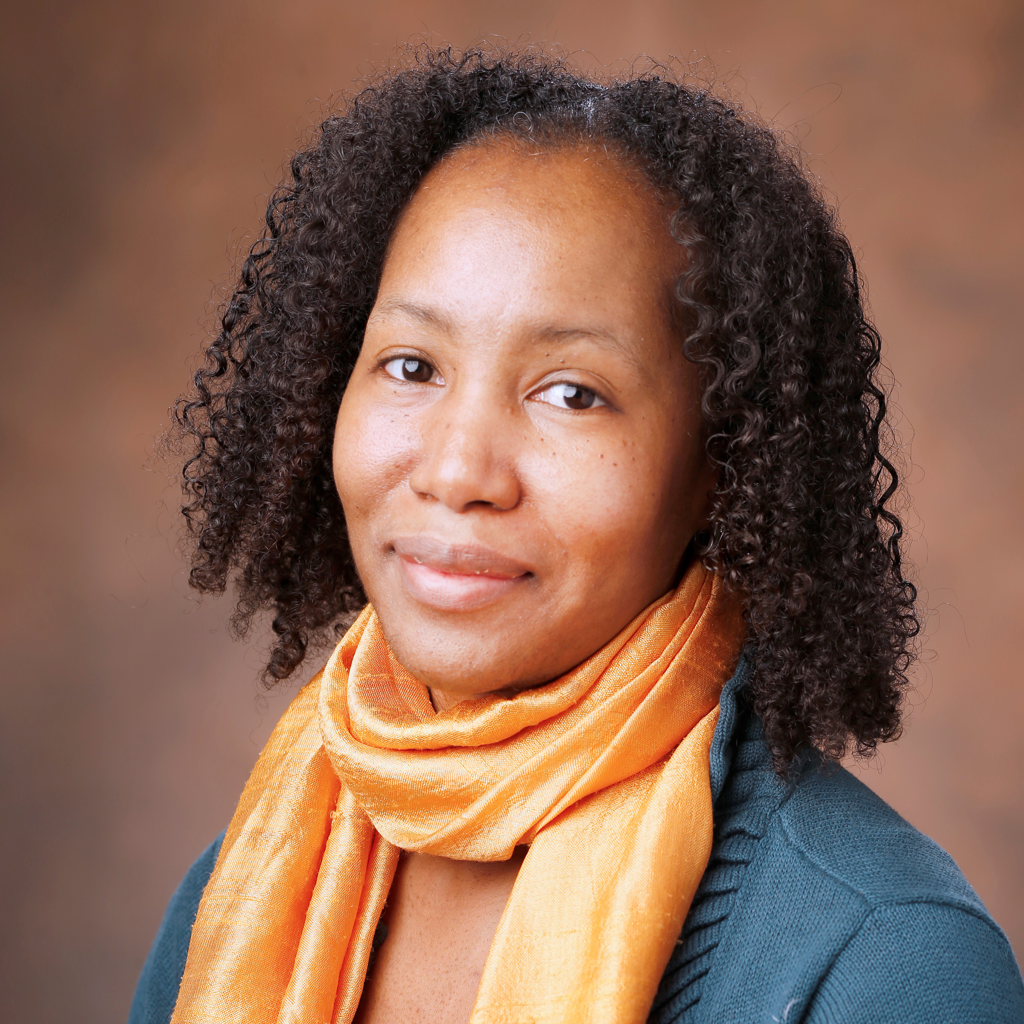Audrey Bowden
Vanderbilt University, USAFor outstanding achievements in the development of optical devices, image processing algorithms and systems for biomedicine.

Audrey Bowden works in a highly interdisciplinary field, something she was encouraged to pursue from a young age. In high school, she attended a math and science magnet school, where the students had the opportunity to study biology, chemistry, and physics all four years instead of sequentially. She says, "the teachers tried to integrate concepts that we learned in one science to what we were learning in another so we could more easily see the connections between them." She explains that this kind of education inspired a problem-solving mindset well-suited to engineering, which she chose as a major in college.
In college, she faced obstacles as a result of her major. Engineering is one of the most challenging degrees, and she had to work extremely hard throughout her undergraduate work. She recalls that many of her peers changed majors or didn't complete their degrees. Rather than isolating herself or feeling discouraged, she utilized the many resources provided by her professors, like attending office hours, always working with other students, and fostering strong relationships with both her peers and faculty members. She also had the support of her family, and while they didn't have experience in higher education, they encouraged her in good times and bad. They reassured that she "was not the sum of the outcome of her experiments and there was more to life than just the lab." As she progressed through her graduate work, she worked hard to maintain both academic excellence and a personal life.
Today, the interdisciplinary theme continues in her work. Her lab uses optics tools to image, detect, and sense different things happening inside the body to treat, detect, or diagnose disease. The lab doesn't focus on one specific condition or organ system, and their work has applications to solve many different problems. One of the primary technologies that she has contributed to is Optical Coherence Tomography or OCT. Over the years, she has worked on many projects, each special in its own way. Because her work can be so widely applied, she's able to help all kinds of different people, and she enjoys having that kind of impact.
Looking to the future, Audrey is excited about her recent work that develops technologies for resource-constrained settings. Audrey explains, "People [in these resource-constrained environments] have basic health care needs that could be solved if only the technology were accessible, cheap enough, small enough, or didn't require a doctor to administer." She is invigorated by the opportunity to have a real, tangible impact on people's lives and is excited to continue this line of research.
She intensifies her drive for this work by creating a clear vision of a face and a name behind the problems she's working to solve. She explains, "I don't have a personal connection to [all of these different diseases and clinical systems]. Being able actually to know who those people are, or at least have an idea, helps keep motivation high." She encourages all young scientists to try this technique to enhance their drive for research, especially when the work gets hard. Her final piece of advice reflects her broad curiosity: "be willing to learn and participate in conversations that are seemingly irrelevant to what you're currently doing. You never know what kind of insights you might glean from other disciplines. You might also get ideas for your work."
Photo Credit: Audrey Bowden
